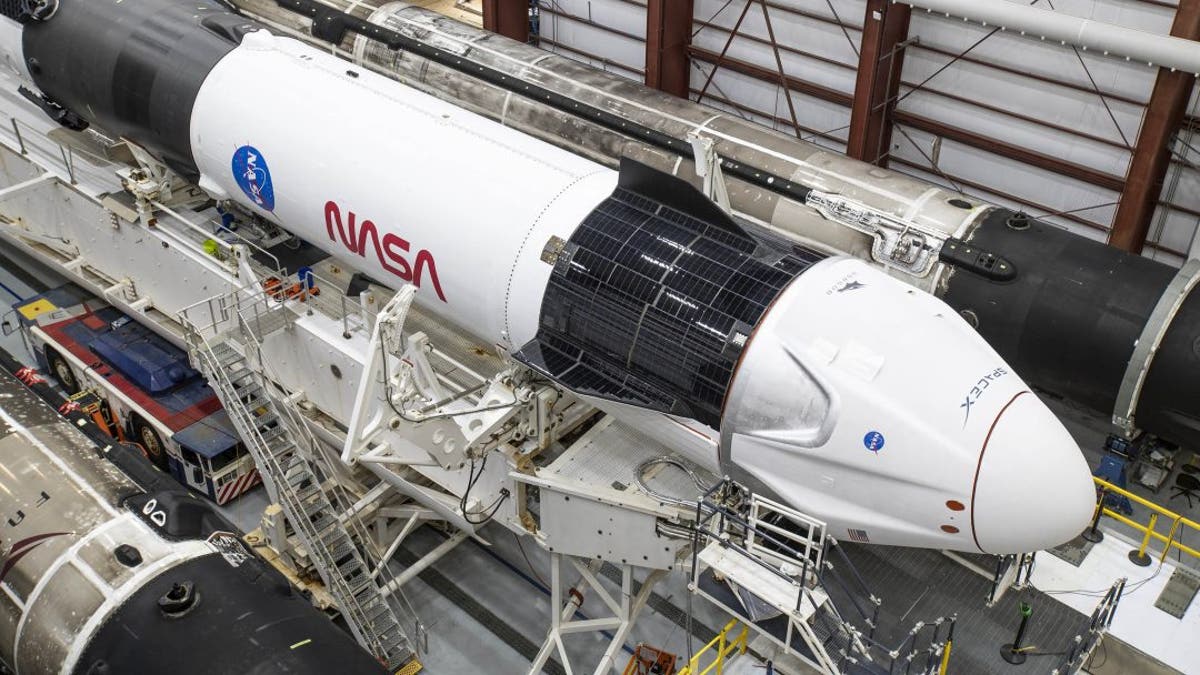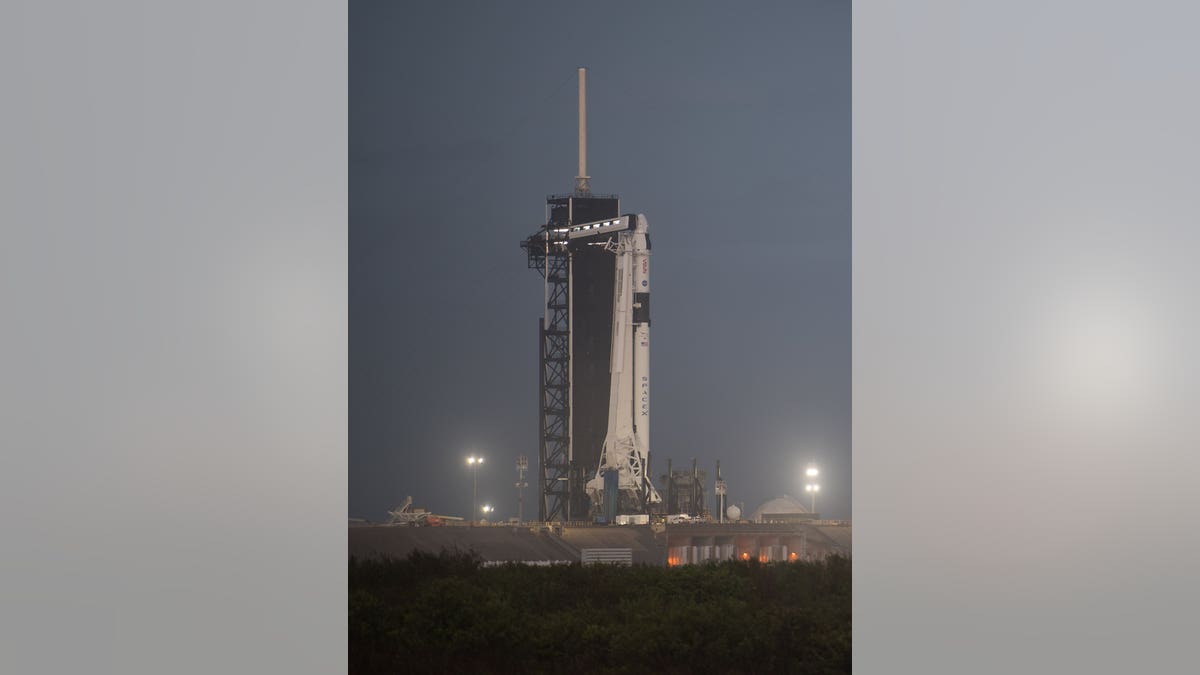NASA administrator on significance of possible sign of life on Venus
Jim Bridenstine, NASA administrator, joins Martha MacCallum with insight on 'The Story.'
NASA announced late Tuesday that it had certified SpaceX's Crew Dragon capsule and Falcon 9 rocket to carry U.S. astronauts to and from orbit, the first new craft to be certified by the agency "since the space shuttle nearly 40 years ago."
In a statement, NASA Administrator Jim Bridenstine remarked on the milestone given to the Elon Musk-led company, noting how it will advance the commercialization of space.
“I’m extremely proud to say we are returning regular human spaceflight launches to American soil on an American rocket and spacecraft,” said Bridenstine. “This certification milestone is an incredible achievement from NASA and SpaceX that highlights the progress we can make working together with commercial industry.”

A SpaceX Falcon 9 rocket and Crew Dragon Resilience for NASA SpaceX’s Crew-1 mission are seen inside the SpaceX Hangar at NASA’s Kennedy Space Center in Florida on Nov. 9, 2020, before rollout to Launch Pad 39A. (Credit: SpaceX)
NASA DETAILS HOW $28B WILL BE SEPNT TO RETURN ASTRONAUTS TO THE MOON IN 2024
Bridenstine recently announced that he would not serve as NASA Administrator under President-elect Biden, noting that "what you need is somebody who has a close relationship with the president."
In May, SpaceX made history by launching NASA astronauts into space from U.S. soil for the first time since 2011, following the retirement of the space shuttle.
The certification marks a historic milestone for both NASA and Elon Musk’s space company. NASA, under the Commercial Crew program, supplied most of the funding used to develop Crew Dragon over the last six years and conduct hundreds of tests.

A SpaceX Falcon 9 rocket with the company’s Crew Dragon spacecraft stands tall on the launch pad at NASA Kennedy Space Center’s Launch Complex 39A in Florida on Tuesday, Nov. 10, after being rolled out overnight. (Credit: NASA/Joel Kowsky)
Since 2011, the U.S. has relied on Russia to send astronauts to the International Space Station, paying approximately $75 million per seat. This certification ends the "sole reliance on Russia for access" NASA said in the statement, adding commercial transportation provides "additional research time and broader opportunities for discovery."
“Thank you to NASA for their continued support of SpaceX and partnership in achieving this goal,” Musk added. “I could not be more proud of everyone at SpaceX and all of our suppliers who worked incredibly hard to develop, test, and fly the first commercial human spaceflight system in history to be certified by NASA. This is a great honor that inspires confidence in our endeavor to return to the Moon, travel to Mars, and ultimately help humanity become multi-planetary.”
Last month, Musk set a four-year timeline for a SpaceX mission to Mars, but cautioned the timeline was "only a guess."
The certification came ahead of Saturday's launch, which will see SpaceX and NASA send a Crew-1 mission comprised of three NASA astronauts and one Japanese astronaut to the ISS for six months.
“Certification moves us from the design and test phase into the crew rotation phase of our work, but we will not stop making sure every flight, including NASA’s Space Crew-1 mission, will be approached with the same rigor we have put into making this the best system it can be for our astronauts," Kathy Lueders, associate administrator for NASA’s Human Exploration and Operation Mission Directorate, explained.
Phil McAlister, director of commercial spaceflight development at NASA, said the announcement changes "the arc of human spaceflight history," adding that access to low-Earth orbit and the ISS are now available to more people, science and commercial opportunities.
“We are truly in the beginning of a new era of human spaceflight," McAlister added.
NASA’s Artemis program aims to land American astronauts on the moon by 2024 and establish a sustainable human presence on Earth’s natural satellite.
The agency's long-term goal is to send a manned mission to Mars in the 2030s.
CLICK HERE TO GET THE FOX NEWS APP
Fox News' James Rogers contributed to this story.
